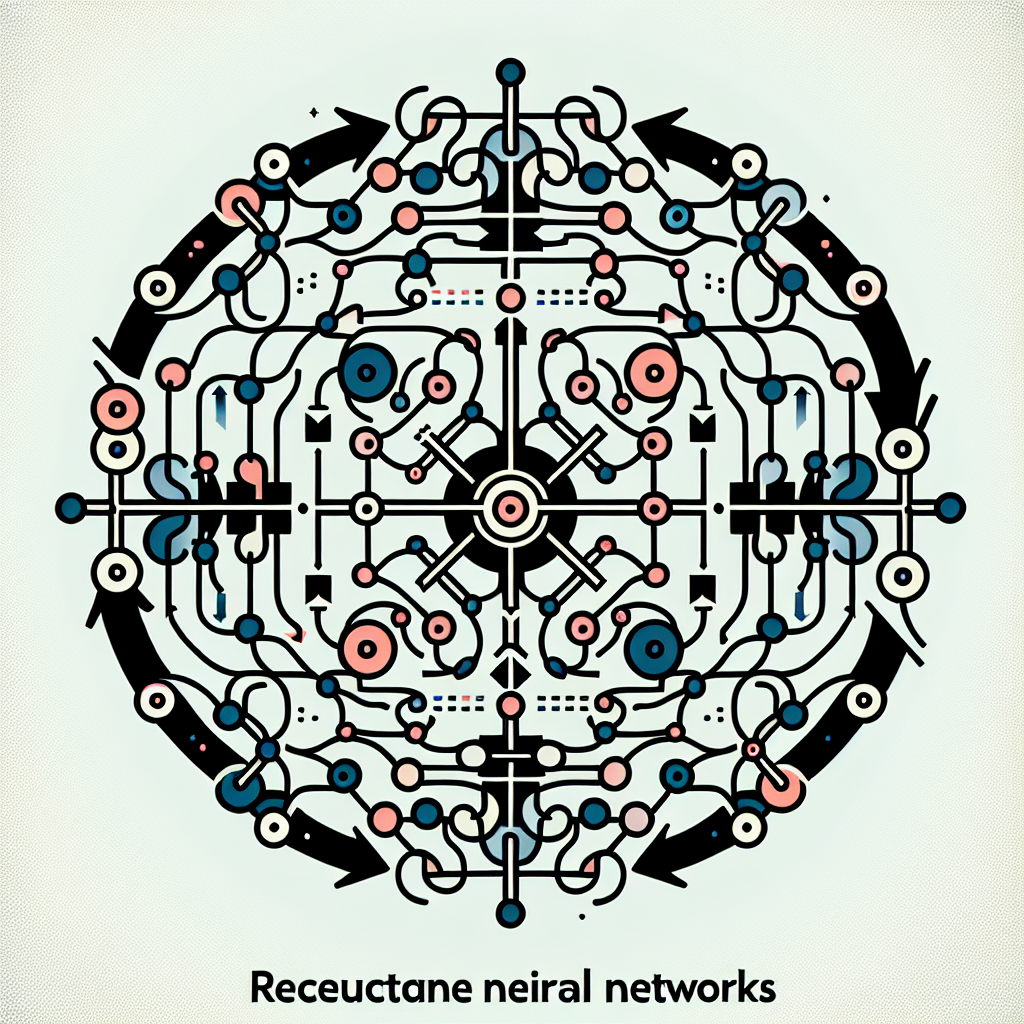Recurrent Neural Networks (RNNs) are a type of artificial neural network designed to handle sequential data. They are particularly useful for tasks such as speech recognition, language modeling, and time series analysis. In this comprehensive guide, we will explore the fundamentals of RNNs, how they work, and their various applications.
At its core, an RNN is a type of neural network that has a memory component, allowing it to retain information about previous inputs. This memory allows the network to learn patterns and relationships in sequential data, making it ideal for tasks that involve sequences, such as text, audio, or video data.
One of the key features of RNNs is their ability to handle variable-length sequences. Unlike traditional neural networks, which require fixed-size inputs, RNNs can process input sequences of any length, making them highly versatile and adaptable to a wide range of tasks.
So how do RNNs work? At each time step, the network takes an input vector and an internal state vector as input, and produces an output vector and a new internal state vector as output. The internal state vector serves as the network’s memory, capturing information about previous inputs and allowing the network to learn patterns in the data.
One of the challenges with traditional RNNs is the vanishing gradient problem, where gradients become very small as they are backpropagated through time, making it difficult for the network to learn long-range dependencies in the data. To address this issue, several variants of RNNs have been developed, such as Long Short-Term Memory (LSTM) and Gated Recurrent Unit (GRU) networks, which have mechanisms to better preserve gradients over time.
RNNs have a wide range of applications, including natural language processing, speech recognition, machine translation, and time series analysis. In natural language processing, RNNs are commonly used for tasks such as language modeling, sentiment analysis, and machine translation. In speech recognition, RNNs can be used to transcribe audio data into text. In time series analysis, RNNs can be used to predict future values based on past data.
In conclusion, Recurrent Neural Networks are a powerful tool for handling sequential data, with a wide range of applications in various fields. By understanding the fundamentals of RNNs and how they work, you can harness the power of these networks to solve complex problems and unlock new possibilities in artificial intelligence.
#Understanding #Recurrent #Neural #Networks #Comprehensive #Guide,rnn


Leave a Reply